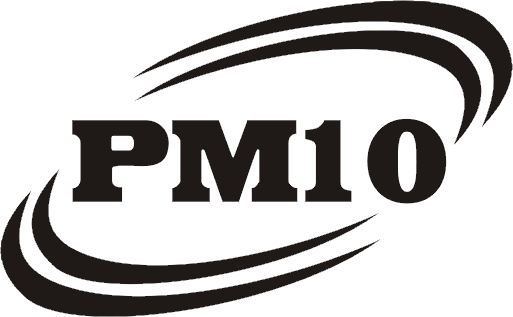Erosion Control – Terracing
PM10 INC IS THE LEADER IN EROSION CONTROL IN CALIFORNIA
 Terracing is an effective treatment to control erosion on sloping areas. The level steps of a terrace reduces the velocity water by stopping the water from flowing down hill. Terraces allows the water to be move nearly parallel to the slope of the land and discharges the water to a safe and stable outlet. By slowing the movement of water, terraces gives the water time to seep into the ground.
Terracing is an effective treatment to control erosion on sloping areas. The level steps of a terrace reduces the velocity water by stopping the water from flowing down hill. Terraces allows the water to be move nearly parallel to the slope of the land and discharges the water to a safe and stable outlet. By slowing the movement of water, terraces gives the water time to seep into the ground.
Terracing is a combination of contouring and land shaping in which the slope length is reduced by the construction of ridges or channels across the slope. The two types in common use in the U.S. (in contrast to the very steep areas with bench terraces in older countries as shown in the title graphic of this lesson) are broad-based, graded terraces and pto terraces. Both are named after their means of outleting water. Graded terraces are constructed as channels with a slight cross-slope grade to outlet water into surface waterways. PTO terraces pond water which is then slowly released through underground tile lines.
Terraces are suitable on slopes similar to contouring but preferably with long slope lengths. Long terrace lengths are also desirable because of the high initial costs associated with land forming. Values of P are reduced on the order of one-half that of strip cropping. However, annual loss is further reduced because the L-factor is the terrace spacing interval rather than the entire slope length.
Advantages of terracing are similar to those for contouring, but since erosion is better controlled the land can be farmed more intensively. Most modern terraces are also parallel and then spaced to fit exactly with farm machinery. The primary disadvantage of terracing is the expense, ranging from $300 to $500 per acre.
